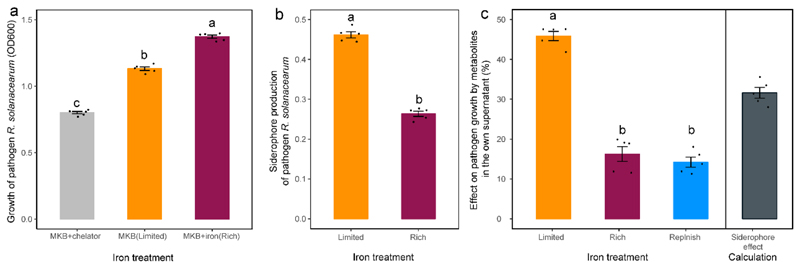Extended Data Fig. 4. R. solanacearum siderophore production and effects on its own growth.
a. Iron deficiency constrains pathogen growth (after 48h growth measured as OD600) in MKB medium (iron-limited) relative to MKB medium supplemented with 50 μM FeCl3 (MKB+iron). Pathogen growth was even further reduced in MKB medium supplemented with 200 μM of the chelator 2,2′-Dipyridyl (MKB+chelator), which mimics the situation where the pathogen is exposed to a heterologous siderophore it cannot use. b. siderophore production of the pathogen R. solanacearum QL-Rs1115 under iron-limited and iron–rich conditions. c. The siderophores produced by the pathogen also promote its own growth under iron-limited conditions. The net effect caused by siderophores alone (right column, black symbols) was obtained by subtracting the growth effect of the iron-replenished supernatant (blue) from the growth effect of the iron-limited supernatant (yellow). Values indicate percentage fold-change in growth. In all panels, bars show the mean±s.d. based on 5 independent biological replicates shown as black dots over the bars) and different lowercase letters above each bar represent significant differences based on analysis of variance (ANOVA) followed by Duncan’s multiple range test (P < 0.05).

